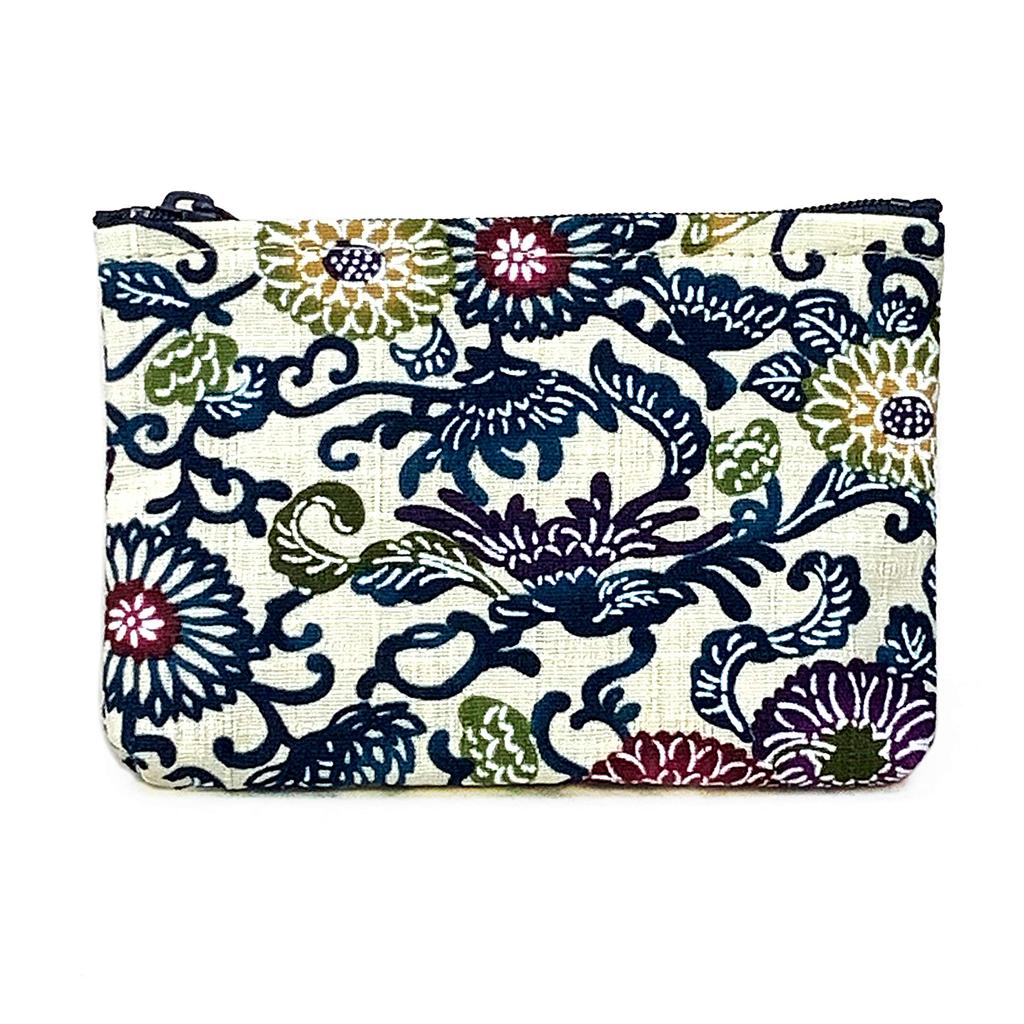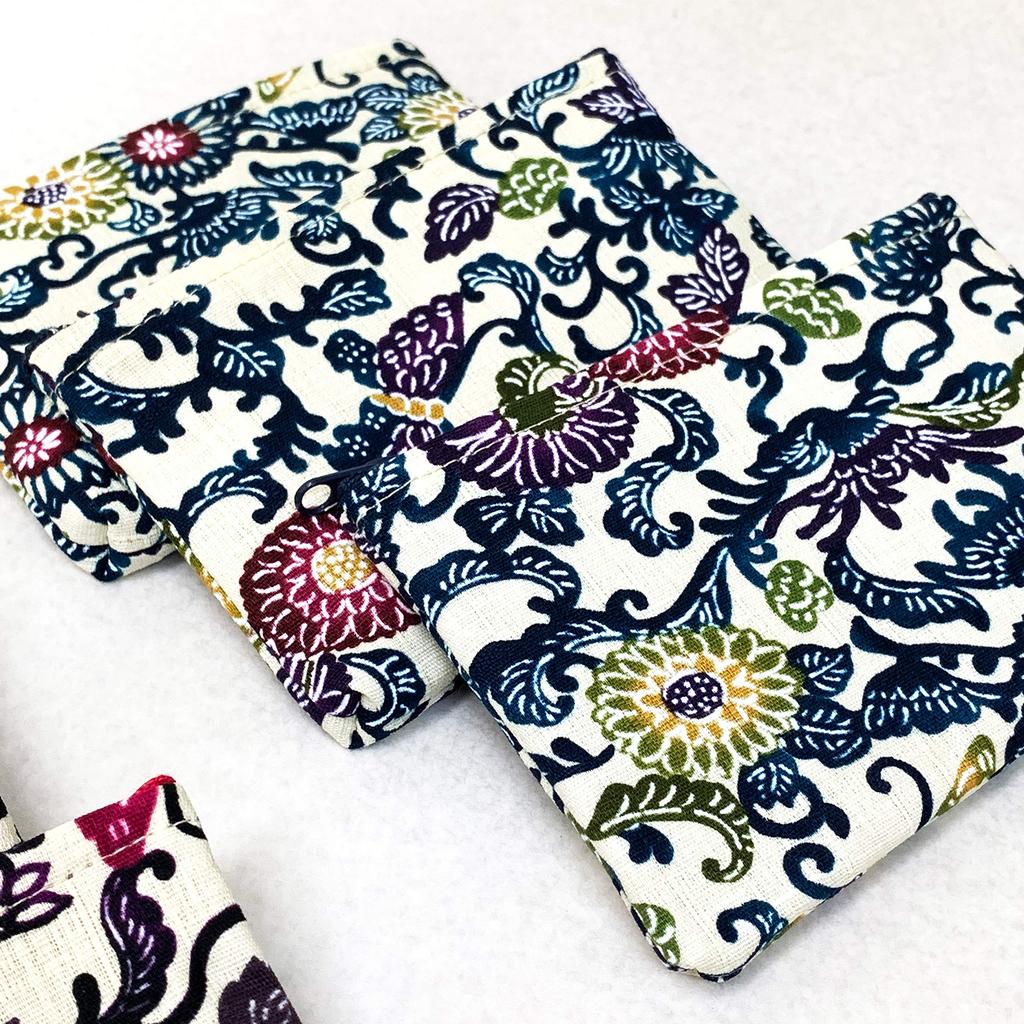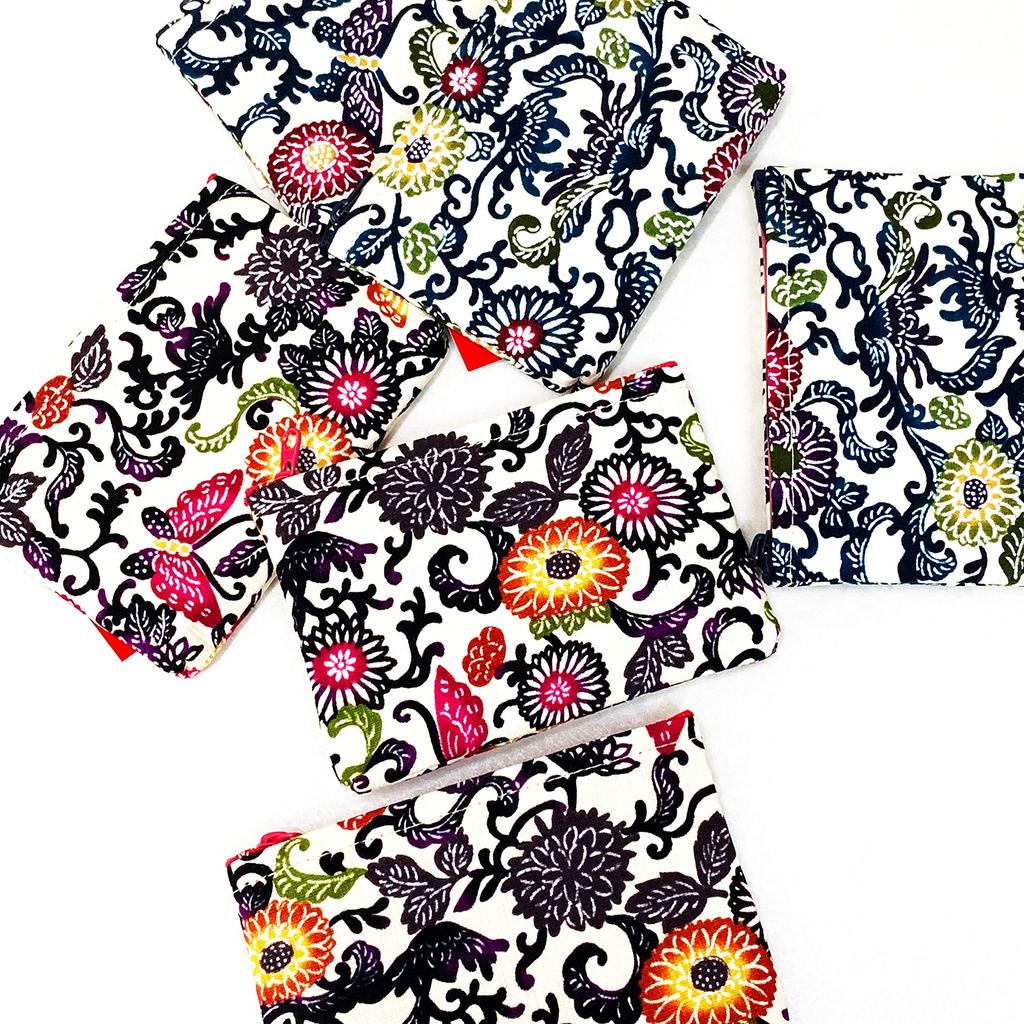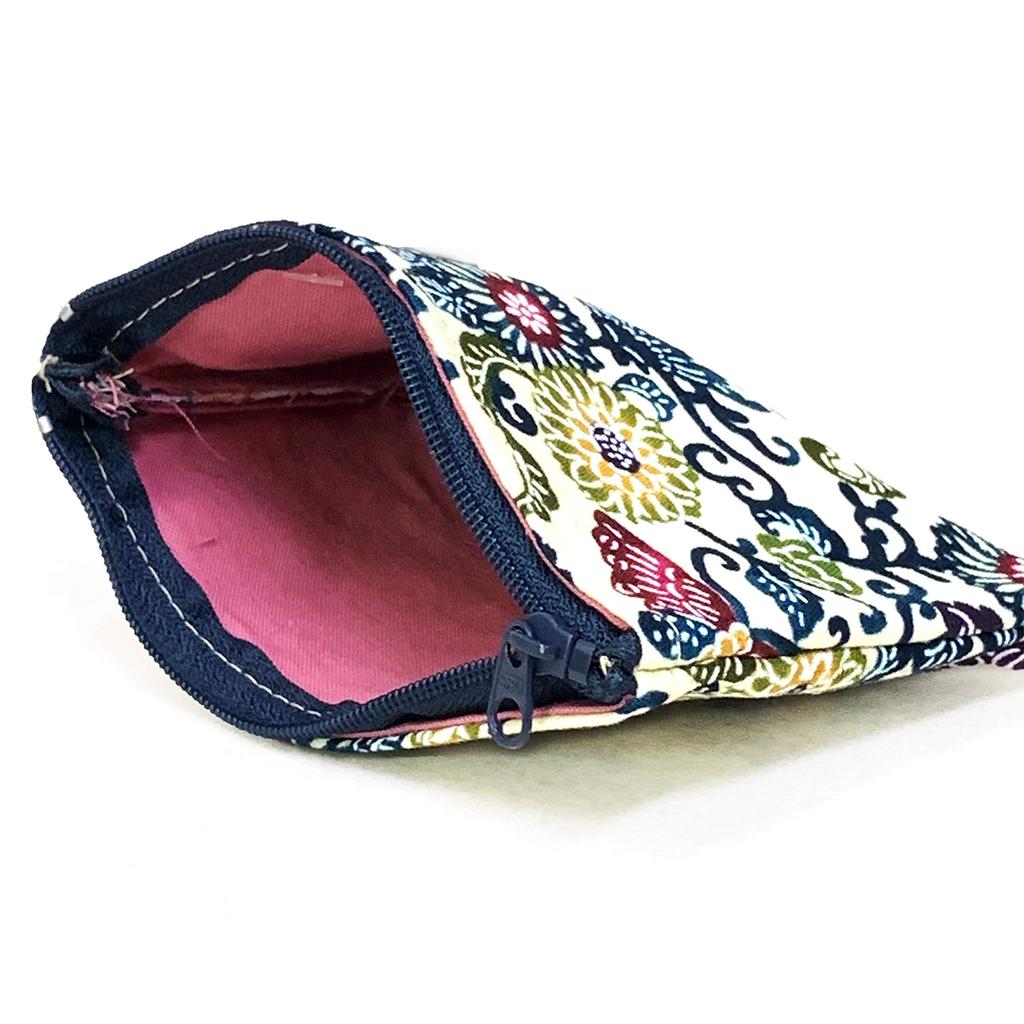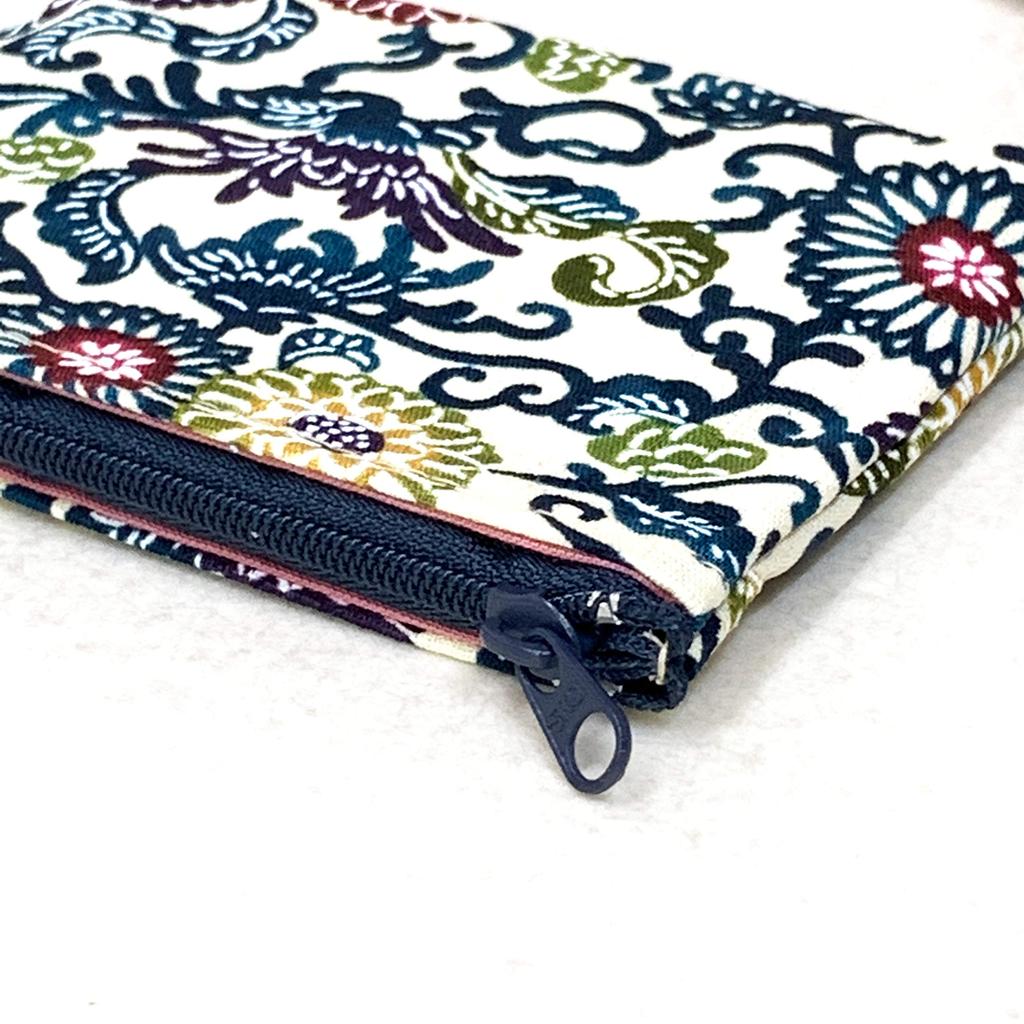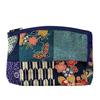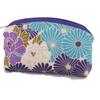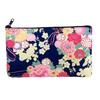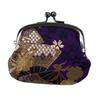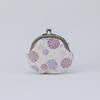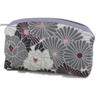Size: Width: approx. 13cm, Height: approx. 8.7cm
Bingata is a traditional dyeing technique that represents Ryukyu dyeing and Okinawa. Bingata textiles from the 14th century still exist, and considering the time when the technique was established, it is estimated that it originated around the 13th century.
It is said that "beni" refers to color in general, while "kata" refers to various patterns. There are theories that this definition was coined by Kamakura Yoshitaro and Iha Fuyu, but Kamakura Yoshitaro was the first to use it in 1924. The kanji spelling of "Bingata" began to become widespread during the Showa period. In Okinawa Prefecture, it is often written in hiragana as "bingata."
This product is a Bingata print.
Bingata is a traditional dyeing technique that represents Ryukyu dyeing and Okinawa.
Bingata textiles from the 14th century still exist, and considering the time when the technique was established, it is estimated that the origins date back to around the 13th century.
It is said that "beni" refers to color in general, and "kata" refers to various patterns.
There are theories that this definition was coined by Kamakura Yoshitaro and Iha Fuyu, but Kamakura Yoshitaro was the first to use it in 1924.
It wasn't until the Showa period that the kanji spelling of "Bingata" began to become widely used.
Okinawa Prefecture is often written in hiragana as "Bingata."
This product is a Bingata print.





